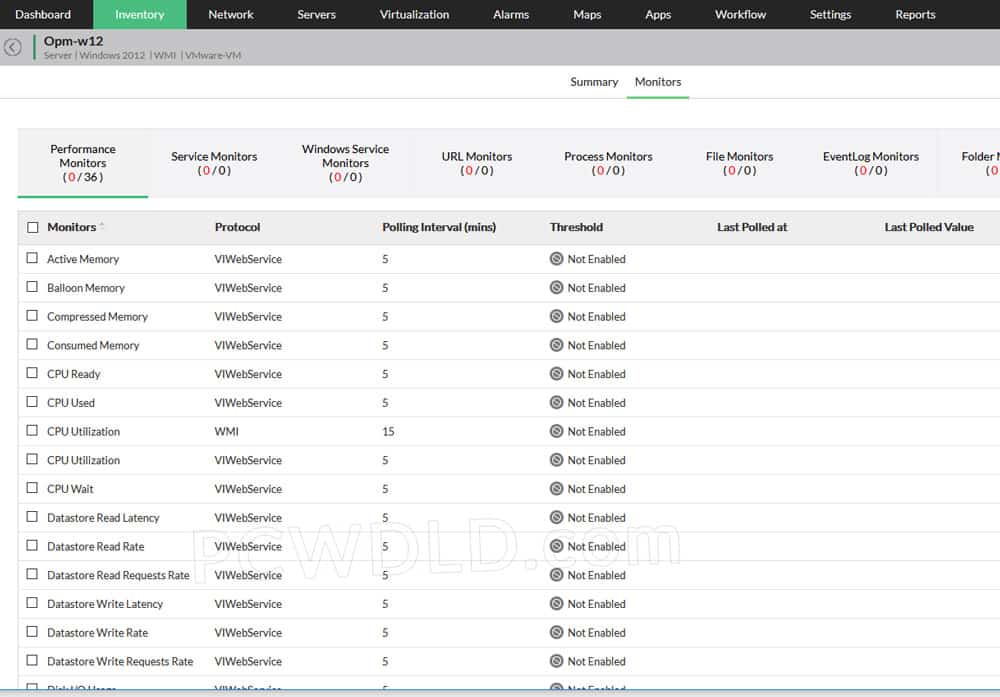

But it’s only fats for 90% of the requests. For instance, an API taking requests should ideally be fast, and it is. Oversimplified metrics can kill the purpose of using a hardware monitoring software, to begin with. The hardware scan entirely depends on the metric you set, which is why you need to be more adaptive. Too many alerts or no alerts at all both situations point to problematic trouble. Your metrics need to be monitored, too, whether they are efficient and reliable. Severity levels (Critical, warning, error, etc.)ĭon’t just set metrics and call it a day.The alert should give the following information: Wouldn’t that be helpful whenever that ghastly light comes on? The same is the case with hardware monitoring. Think of it as a Check Engine light that also has two to three sentences about what’s exactly wrong with it. You’re basically saving yourself time before the problem has even occurred, simply by explaining the problem in detail.


An alert regarding hardware should be specific and actionable so that the person receiving it can take the best course of action. Setting up alerts is a key part of using hardware monitoring software, but you don’t want it to be too generic. This way, you ensure that you don’t follow a first come first serve principle for resolving issues, rather important tasks to the front of the queue. Structure them in descending order with the high priority on top and lowest at the bottom. You need to prioritize which issues are more critical, so the tool you’re using also prioritizes those issues as and when they occur. Every issue is an issue, but not every issue has the same severity. Your hardware isn’t always going to be all healthy, but that doesn’t mean it’s hanging in by a thread.
HARDWARE MONITOR SOFTWARE SOFTWARE
Therefore, the number one important practice when it comes to monitoring the health of hardware is to get a software that can do it well. Smart businesses, regardless of the industry they belong to, know that it’s best to trust the experts with jobs that aren’t exactly in their domain.
HARDWARE MONITOR SOFTWARE WINDOWS
VirtualMetric’s Windows Server Monitoring tool is a comprehensive suite that covers all aspects of the server hardware scan. This is a problem for which there are simple and easy solutions available, giving the best possible tools you need to monitor the hardware in your technology ecosystem. No matter how sophisticated your IT department is, creating a monitoring solution from scratch simply isn’t the ideal solution. Server hardware monitoring isn’t one of them. ‘Building your own’ strategy may work in a lot of other areas of technology that are relatively straightforward. These practices are aimed at improving infrastructure integrity and giving people monitoring and managing the system a headstart at resolving key issues when and where they may occur. The following are the best practices that have been followed by industry professionals for a long time. It’s cost-effective, efficient, and preemptive, which is why responsible businesses value hardware monitoring. Detecting and fixing problems before they get serious can increase uptime and ensure there’s no severe hardware failure.

Hardware monitoring should be an integral part of managing a server and infrastructure. A hardware monitoring software with an integrated console can monitor all the hardware in the server ecosystem. While these manufacturers provide solid solutions for monitoring their hardware, it can be very difficult to oversee the monitoring of all hardware. The biggest challenge in this regard is that a lot of the infrastructure comes from different manufacturers.


 0 kommentar(er)
0 kommentar(er)
